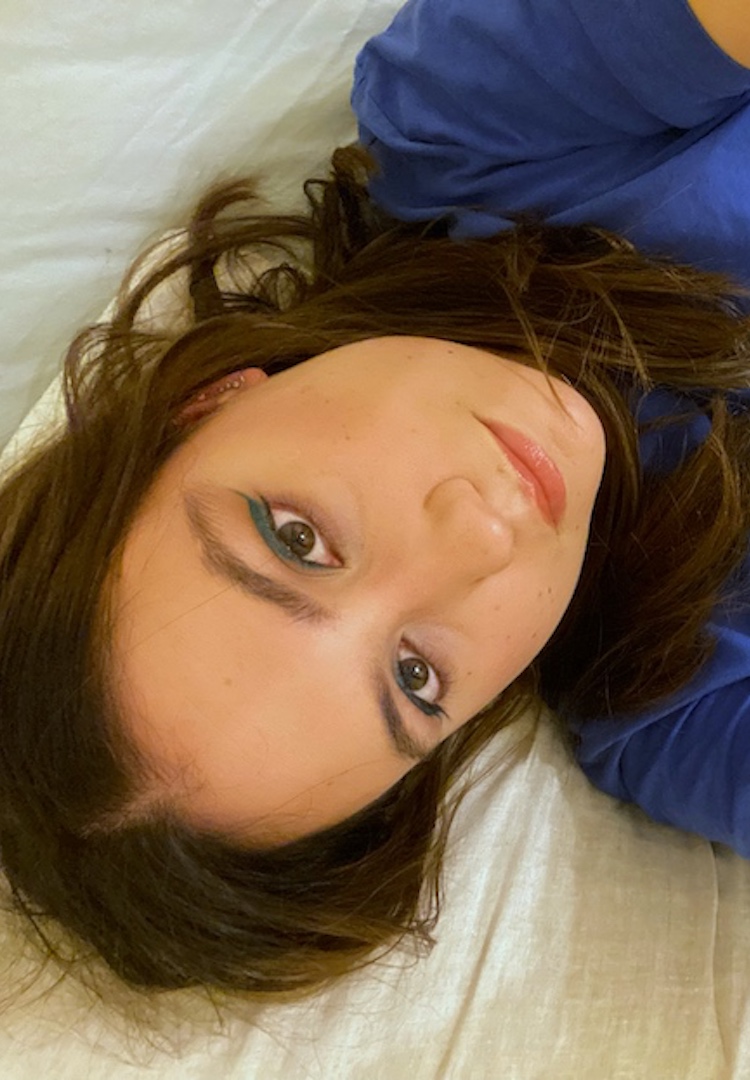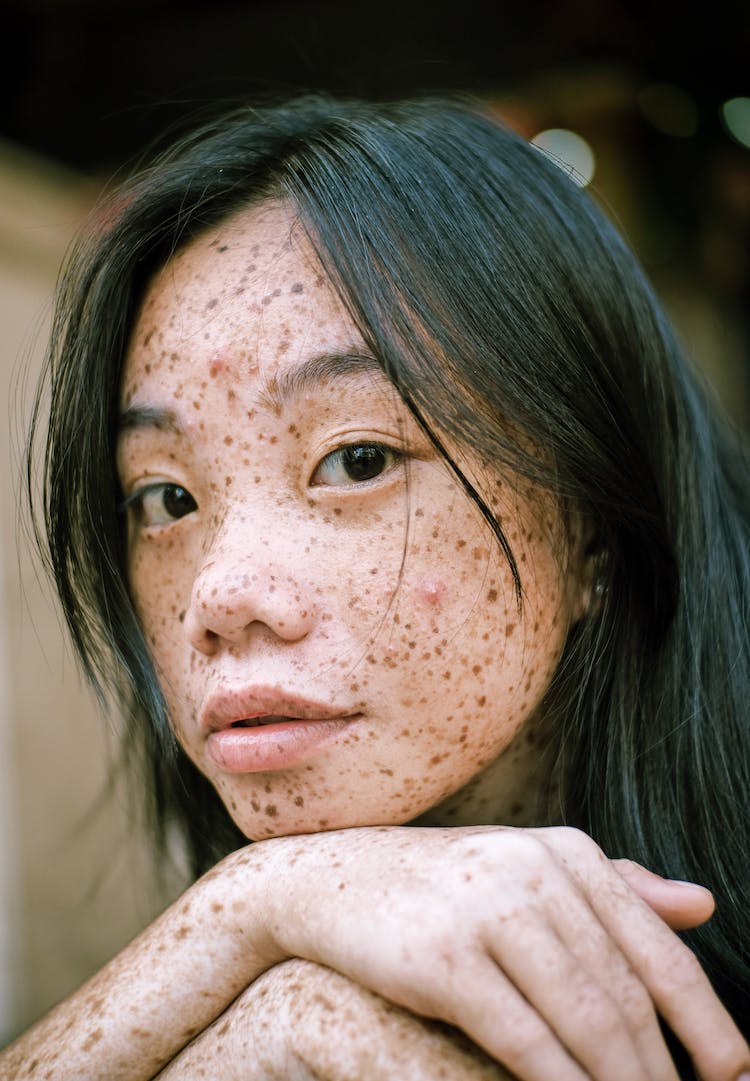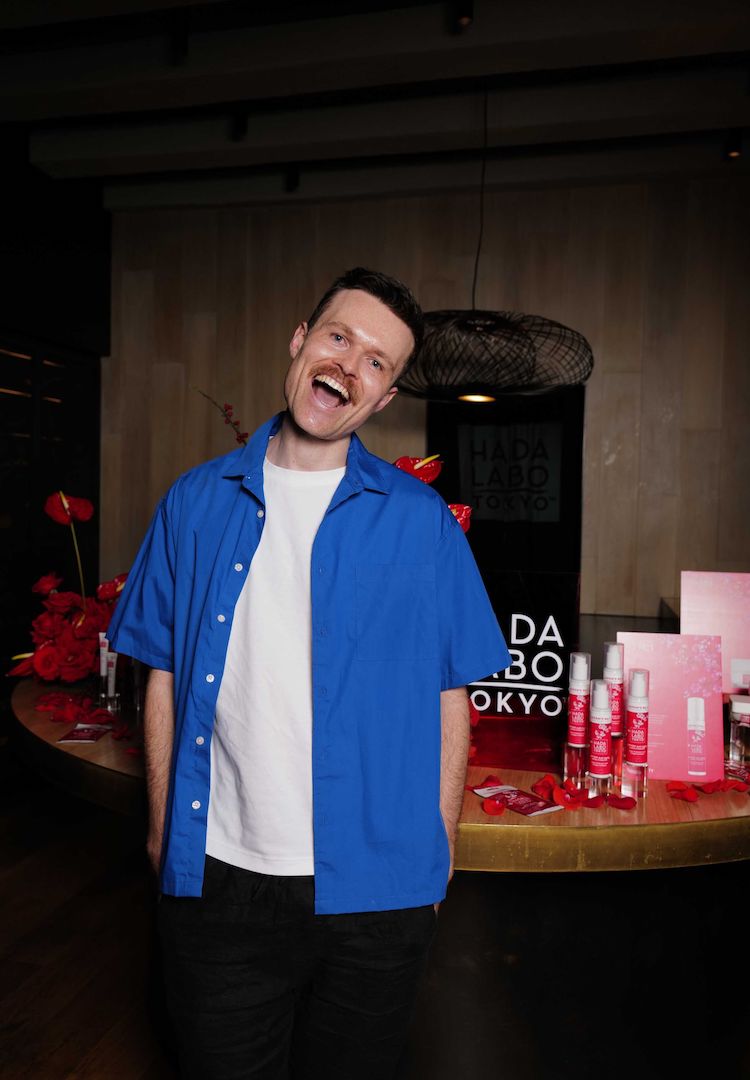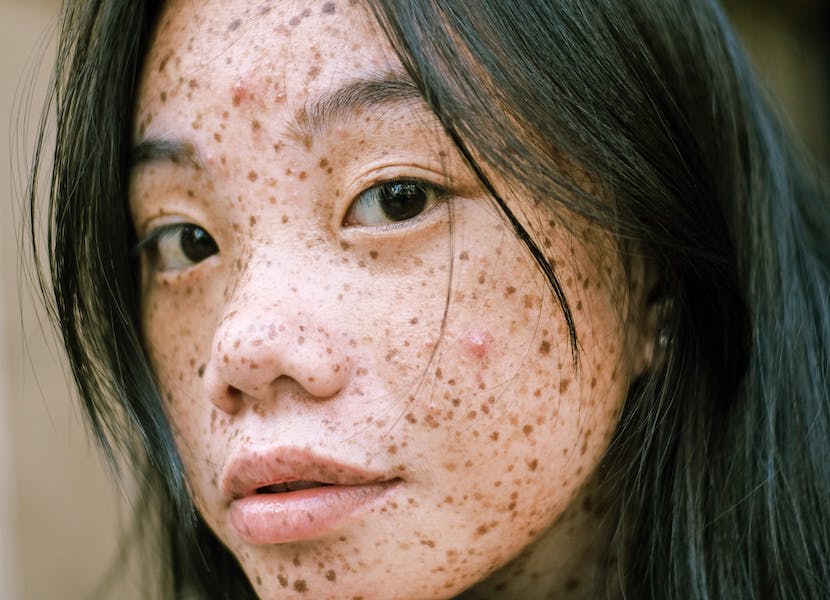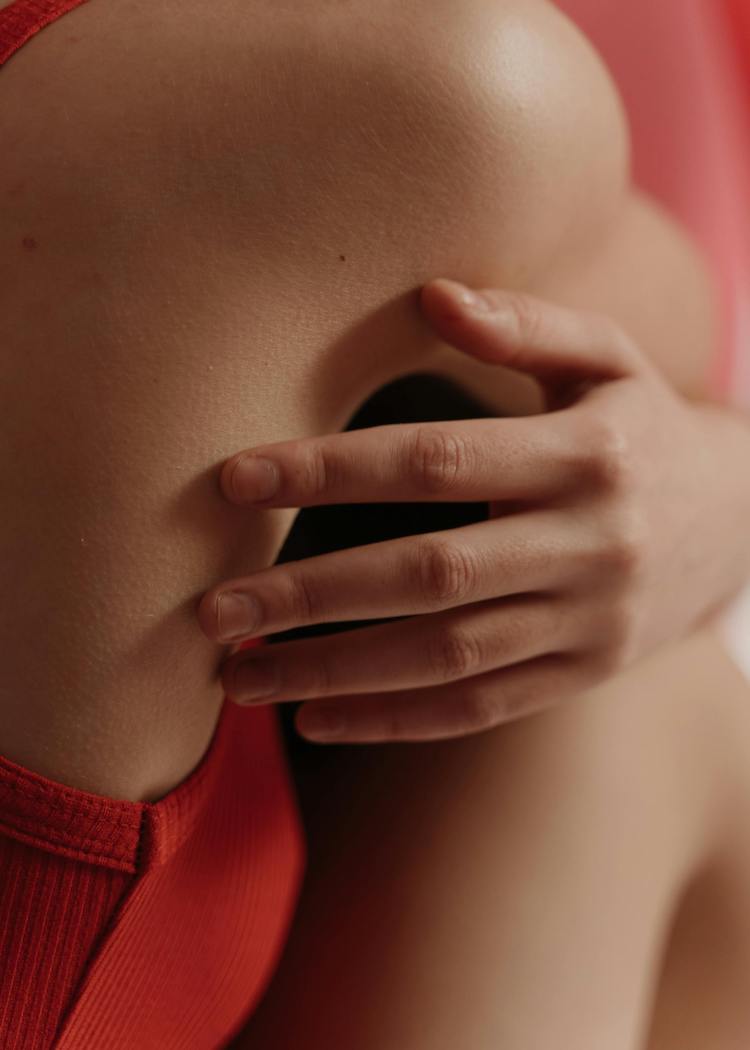What does the placement of my pimples mean? An expert explains
WORDS BY CAIT EMMA BURKE
The 411 on pimple placement.
I don’t often experience acne breakouts these days, which is something I’ll never take for granted. I experienced years of chronic cystic acne and endured multiple courses of Roaccutane before I got to this place, so I’m all too familiar with the frustration and upset a breakout can trigger. But on the rare occasions I do get pimples these days, I’ve noticed something odd – they’re often symmetrical.
We like nosy people. Don’t be shy, head to our Beauty section for more.
And if they’re not symmetrical, they’ll only appear in certain places each time (my jawline, hairline or chin). Curious to know whether there’s anything behind the placement of my pimples, I asked Dermal Therapist and Skin Nutritionist Yads Cauchi if there’s any rhyme or reason behind where pimples appear on our faces.
What can the placement of pimples tell us about why they’re happening?
Where acne is popping up can tell us what type of acne you have. Forehead acne might be appearing because oils from your hair are transferring, especially if you don’t wash your hair regularly [or] properly. Hair products are a big one here so are sleeping in hair masks. Also, fluctuating hormones and stress can [equal] acne breakouts.
Hormones are often the culprit of acne on your chin [and] jaw, especially if you are getting cystic breakouts (those hard/painful ones you can’t pop.) Excess androgens, or male sex hormones like testosterone, cause hormonal acne and androgens can stimulate your sebaceous glands to increase oil production which clogs your pores. You may also notice more acne in this area right before your period… and breakouts in this area are super common throughout pregnancy too.
Breakouts [on the edges of your face and cheeks] can also be from hair products containing oils. However, anecdotally in clinic, expired makeup and unwashed makeup brushes [are] big one[s] on the cheeks! And also not cleansing properly, touching your face frequently, not cleaning your phone [and] dirty pillows etc. They’re all things to be thinking about. However, lifestyle factors such as gut health, diet, sleep and stress contribute to acne breakouts too.
Some people report experiencing symmetrical pimples. What are the causes of this, if any?
Acne can come back in the same spot [or near it] due to certain habits [like] touching your face in the same spots. Although hormonal changes, genetics, lifestyle habits including diet, gut health and the wrong skincare all contribute to symmetrical breakouts.
How can someone treat symmetrical pimples? Is this any different to non-symmetrical pimples?
Acne treatment requires a personalised approach because everyone is different. Both symmetrical and non-symmetrical pimples require topical products like retinoids to unclog pores and retinoids to stimulate cellular turnover, alongside hydration which is often overlooked.
Gentle cleansers, the right moisturiser and SPF! Professional treatments like chemical peels [and] LED light therapy can be beneficial, [as can] microneedling and resurfacing lasers to help with acne scarring once the barrier is healed. And obviously, also prescription medications prescribed by a dermatologist might be required in more severe cases. The treatment for both isn’t generally different.
Anything else you’d like to add?
There is no quick-fix solution to treating acne! And we can get acne at any time of our lives… It will ebb and flow but it can be managed. Book in [a chat] with a dermal therapist for some personalised advice instead of trying to navigate it yourself. I love to educate my clients so they learn to feel confident about what they’re using. It will save you a lot of time [and] money in the long run. Promise!
For more advice on managing acne, head here.

